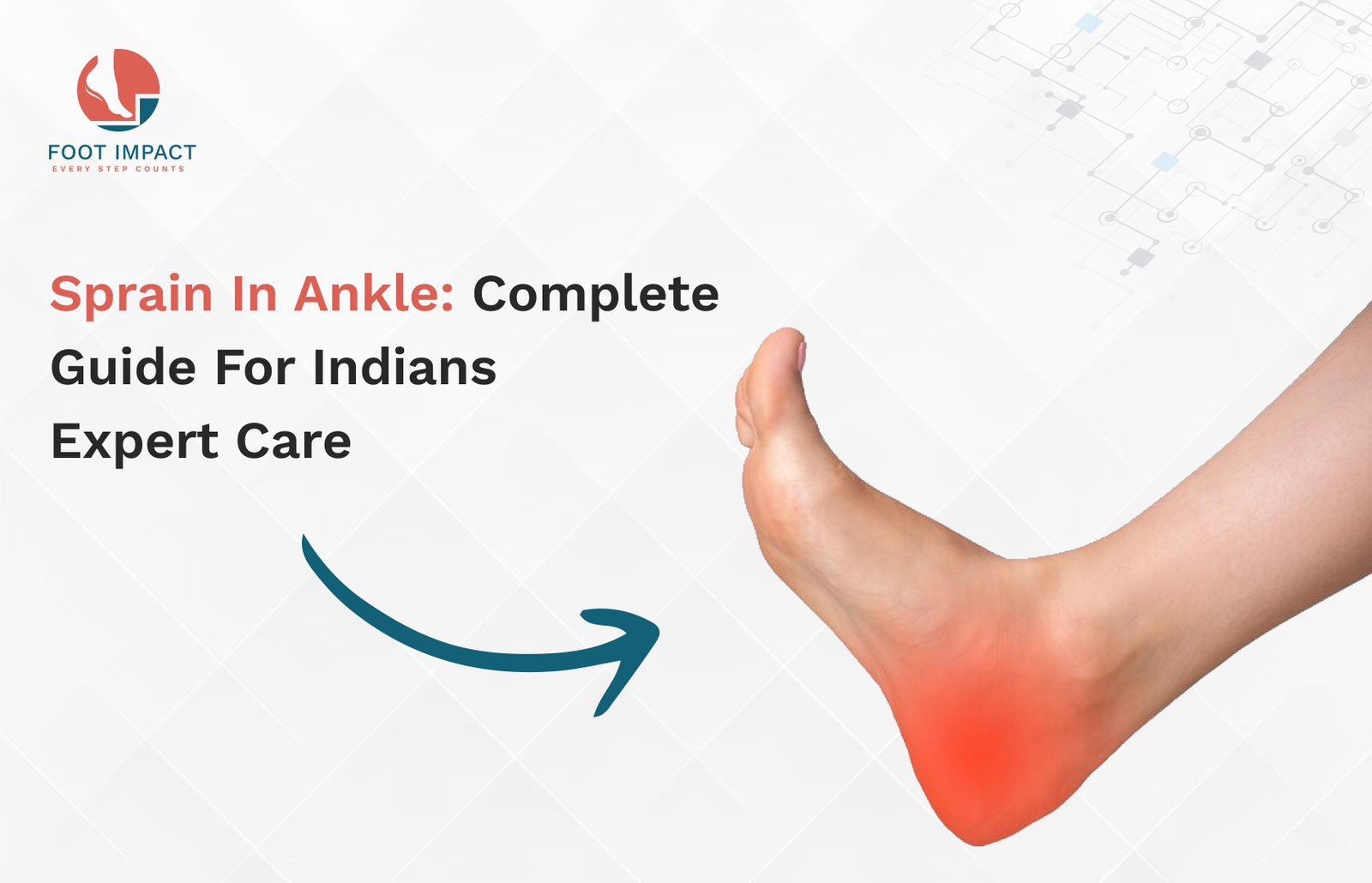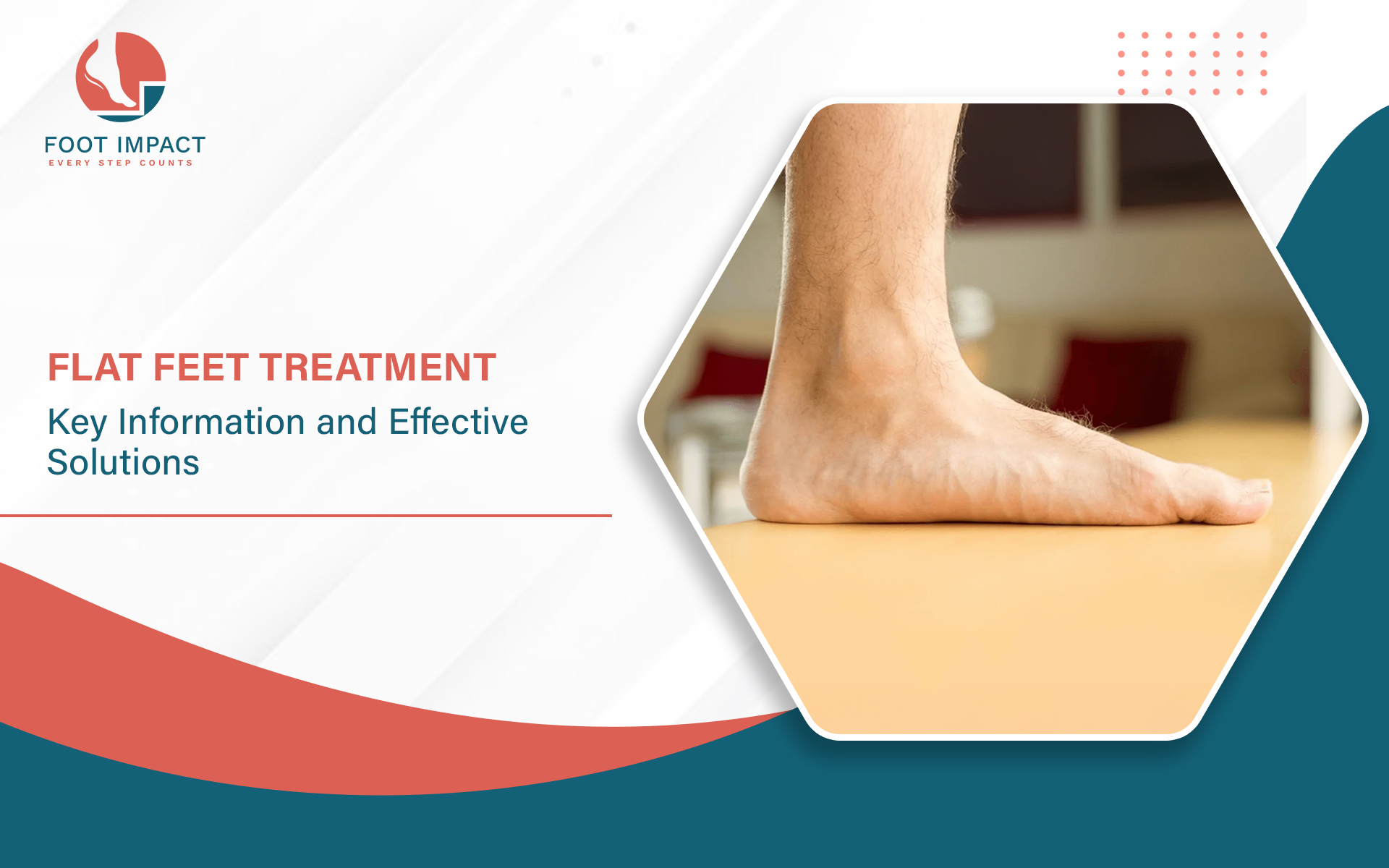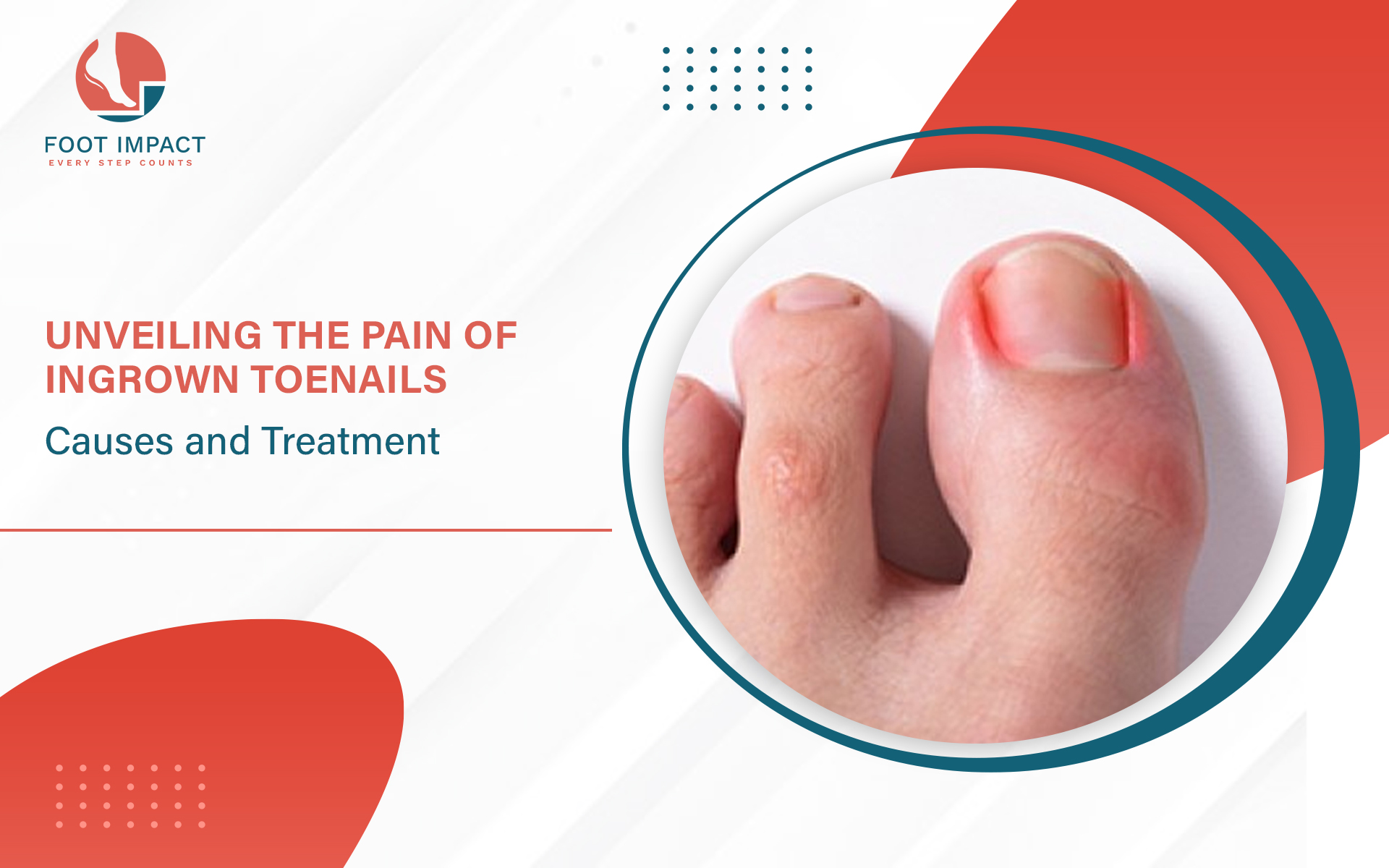5 Warning Signs of Ulcers on Feet You Shouldn't Ignore
Last week, a neighbor Priya mentioned she'd been ignoring a small sore on her foot for months. "It's just a blister," she said. Three weeks later, she was in the hospital with a severe infection. You might hear similar stories right. Her story isn't unique—thousands of people dismiss the early warning signs of ulcers on feet every year, often with devastating consequences.
If you're living with diabetes or have blood circulation problems, understanding these warning signs could save your foot, or even your life.
What Are Foot Ulcers and Why Should You Care?
Foot ulcers are open sores or wounds that develop on the feet, most commonly on the bottom of the big toe or the ball of the foot. While they might seem like minor irritations at first, these wounds can quickly become serious medical emergencies.
According to medical research, approximately 15% of people with diabetes will develop a foot ulcer at some point in their lives. Even more alarming is that foot ulcers are the leading cause of diabetes-related hospital admissions and precede 84% of all lower-leg amputations in diabetic patients.
The good news? Catching the warning signs of ulcers on feet early can prevent most of these serious complications.
Why Do Foot Ulcers Develop?
Before we dive into the warning signs, let's understand why foot ulcers happen in the first place.
When you have diabetes, high blood sugar levels can damage nerves throughout your body—a condition called diabetic neuropathy. This nerve damage typically affects your feet first, reducing your ability to feel pain, heat, or cold. You might step on something sharp or develop a blister from new shoes without even realizing it.
Simultaneously, diabetes can narrow your blood vessels, reducing blood flow to your feet. Without adequate blood supply, even small wounds struggle to heal. This combination of reduced sensation and poor circulation creates the perfect storm for ulcers to develop and worsen.
Other risk factors include:
Faulty Foot alignment
Previous foot ulcers or amputations
Foot deformities like bunions or hammertoes
Poor-fitting shoes
Smoking, which further reduces circulation
Kidney disease or vision problems
Obesity
The 5 Critical Warning Signs of Ulcers on Feet
1. Unusual Skin Changes or Discoloration
Your feet are telling you a story through their appearance. Pay attention to what they're saying.
One of the earliest warning signs of ulcers on feet is discoloration or changes in skin texture. You might notice:
Dark or purple spots that don't fade when you press on them
Red, inflamed areas that feel warm to the touch
Shiny, tight skin that looks almost waxy
Dry, cracked skin, especially around the heels
Calluses or corns with dark spots underneath
That last point is particularly important. Calluses seem harmless, but beneath a thick callus, bleeding or tissue damage might be occurring without your knowledge. If you notice any dark spots or blood trapped under a callus, it's time to see a healthcare provider immediately.
Every person with diabetes or any blood circulation issues notice above mentioned skin changes but they neglect it. All the ulcers or the warning signs are only because of undue pressure & friction, these pressure areas worsen over the period. Especially in a person with diabetes it causes more complications as mentioned earlier.
2. Drainage or Foul Odor
This is often the most obvious of the warning signs of ulcers on feet, yet people sometimes ignore it out of embarrassment or fear. This is the first sign of getting infection over the pressure areas.
Should you observe any of these symptoms, it is crucial to seek immediate medical attention:
Wetness or moisture in your socks without an obvious cause
Staining on your socks or shoes that might be blood or pus
An unpleasant smell coming from your feet that doesn't go away with washing
Any discharge or oozing from a wound or opening in your skin
Drainage typically indicates that an ulcer has formed and may already be infected. The body produces fluid as it tries to fight infection, and that fluid has to go somewhere. An infected ulcer won't heal on its own—it requires professional medical treatment with antibiotics and proper wound care.
Don't let embarrassment stop you from getting help. Healthcare providers have seen it all, and they'd much rather treat an early infection than deal with the consequences of a delayed diagnosis.
3. Numbness, Tingling, or Loss of Sensation
Here's something that might surprise you: sometimes not feeling anything is actually one of the most dangerous warning signs of ulcers on feet.
Diabetic neuropathy typically causes a gradual loss of sensation in your feet. You might experience:
A tingling feeling, like "pins and needles"
Burning sensations in your feet, especially at night
Sharp, jabbing pains
Increased sensitivity to touch
Progressive numbness where you can't feel hot, cold, or pain
The last one is particularly concerning. When you can't feel pain, you won't notice when something is wrong. You could step on a tack, develop a blister from tight shoes, or scald your foot in hot bathwater without realizing it.
Try this simple test at home: gently touch different parts of your feet with your finger. Can you feel it equally on all parts of both feet? If certain areas feel numb or different, that's a red flag.
Medical professionals use something called a monofilament test—a thin plastic wire that they press against different parts of your feet to check sensation. If you can't feel the monofilament, your risk of developing foot ulcers increases significantly.
4. Swelling, Warmth, or Pain
Inflammation is your body's alarm system, and you should never ignore it.
Watch for these warning signs of ulcers on feet related to inflammation:
Swelling in your foot, ankle, or leg
One foot that's noticeably warmer than the other
Redness that spreads beyond a wound or sore
Throbbing pain in your foot
Pain that wakes you up at night
These symptoms suggest that your body is fighting an infection or that tissue damage is occurring. Even if you don't see an open wound yet, these signs indicate that something is wrong beneath the surface.
Pay special attention if one foot feels significantly different from the other. Our bodies are generally symmetrical, so if one foot is swollen, warm, and painful while the other feels normal, that asymmetry is telling you something important.
Some people with neuropathy don't experience typical pain signals. If you have diabetes and notice swelling or warmth without pain, don't assume everything is fine. The absence of pain doesn't mean the absence of a serious problem.
5. Visible Wounds That Won't Heal
This might seem obvious, but it's worth emphasizing: any wound on your foot that doesn't heal within two weeks requires medical attention.
The most concerning warning signs of ulcers on feet include:
A sore, cut, or blister that hasn't started healing after several days
A wound that seems to be getting larger instead of smaller
Exposed tissue or bone visible in a wound
Black or dead tissue around a wound
A wound that keeps reopening after it seems to heal
In someone without diabetes or circulation problems, a minor cut or blister typically heals within a week or two. But when you have diabetes, that same minor wound can persist for weeks or months, gradually deepening and expanding.
Don't wait for a wound to become serious before seeking help. If a small cut hasn't shown signs of healing after a week, make an appointment with your doctor. It's much easier to treat a shallow wound than a deep ulcer that has reached the bone.
What Happens If You Ignore These Warning Signs?
The progression from a minor foot problem to a serious complication can happen faster than you might think.
Here's what typically happens when warning signs of ulcers on feet are ignored:
Stage 1: Minor trauma occurs—maybe a blister from new shoes or a small cut you didn't notice.
Stage 2: Without proper care, the wound doesn't heal. It may get infected as bacteria enter the opening in your skin.
Stage 3: The infection spreads deeper into tissue, potentially reaching muscle, tendon, or bone. You develop what's called osteomyelitis—a bone infection.
Stage 4: The infection causes tissue death (gangrene) or spreads into your bloodstream (sepsis), both of which are life-threatening conditions.
Stage 5: To save your life, doctors may need to amputate part or all of your foot or leg.
This entire progression can occur within weeks or months. The statistics are sobering: of people who have diabetes-related amputations, about 50% will have their other limb amputated within five years, and up to 70% will die within five years of their first amputation.
These outcomes are preventable with early intervention. As per the research & statistics suggest more 85% of these amputation cases are preventable, but not able to prevent only because of the negligence & avoidence.
When to Seek Medical Help
Now that you know the warning signs of ulcers on feet, when should you actually call your doctor?
Call your healthcare provider within 24 hours if you notice:
Any open sore or wound on your foot
Changes in skin color or temperature
A callus with dark spots or blood
Numbness or tingling that's new or worsening
A wound that hasn't healed in a week
Seek immediate emergency care if you experience:
Fever along with a foot wound
Red streaks spreading from a wound
Severe pain in your foot or leg
A foul odor or drainage from your foot
Black or dead tissue
Symptoms of infection like chills or confusion
Don't worry about "bothering" your doctor. They would much rather examine your foot and tell you everything is fine than treat a preventable complication later.
How to Protect Your Feet and Prevent Ulcers
Prevention is always better than treatment. Here are practical steps you can take today:
Daily foot checks: Examine your feet every single day, including between your toes and on the bottoms of your feet. Use a mirror or ask a family member to help if you can't see all areas clearly.
Proper footwear: Never walk barefoot, even at home. Wear shoes that fit well without being too tight or too loose. Break in new shoes gradually.
Good hygiene: Wash your feet daily with lukewarm water (test temperature with your elbow, not your foot). Dry thoroughly, especially between toes.
Moisturize carefully: Keep skin from cracking by moisturizing daily, but don't apply lotion between your toes where it can promote fungal growth.
Nail care: Trim toenails straight across and file sharp edges. If you have neuropathy or vision problems, have a podiatrist trim your nails.
Blood sugar control: Maintain healthy blood sugar levels through diet, exercise, and medication as prescribed. This is your most powerful tool for preventing complications.
Regular checkups: See a podiatrist at least once a year for a comprehensive foot exam, or more often if you have neuropathy or circulation problems.
Stop smoking: Smoking dramatically worsens circulation problems and healing ability.
It’s better to consult a podiatrist early if you are diabetic or have any blood circulation issues. A podiatrist can help you to find out the causes which may lead you to ulcerations, destroy the cause before it impacts your feet.
Living With Diabetes Doesn't Mean Living With Foot Ulcers
The warning signs of ulcers on feet are your early detection system—your opportunity to catch problems before they become serious. By checking your feet daily, wearing proper footwear, controlling your blood sugar, and seeking prompt medical attention for any concerns, you can significantly reduce your risk of developing foot ulcers.
Remember this single small ulcer is not going to stop there, it’s going to spread.
Your feet carry you through life. They deserve your attention and care. Don't ignore the warning signs your body is sending you. Those small changes you notice today could prevent major complications tomorrow.
If you're concerned about any changes in your feet, don't wait. Book an appointment. Early intervention makes all the difference between a minor treatment and a major medical crisis.
Your health is worth the appointment. Your feet are worth protecting. And your life is worth living fully—on two healthy feet.



